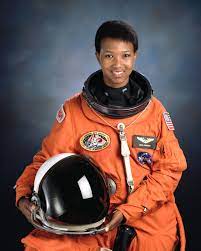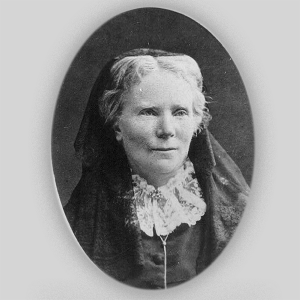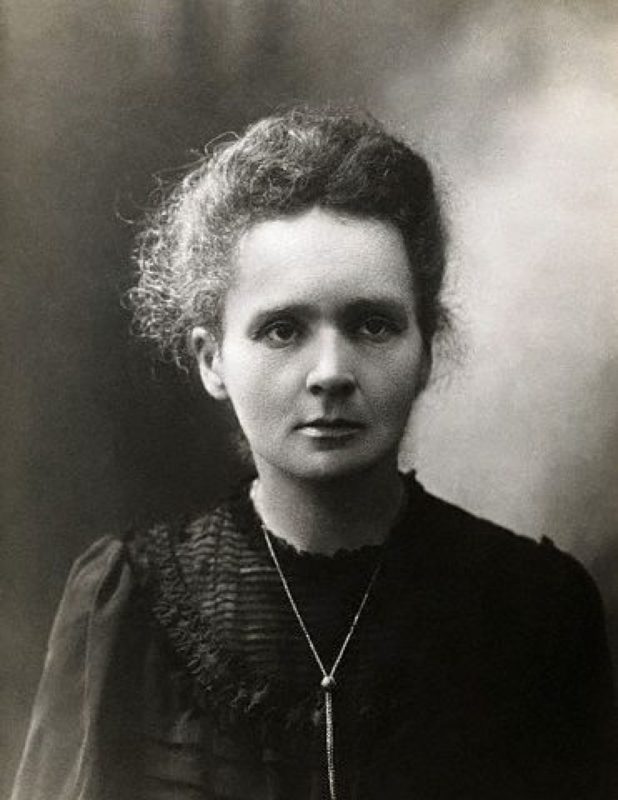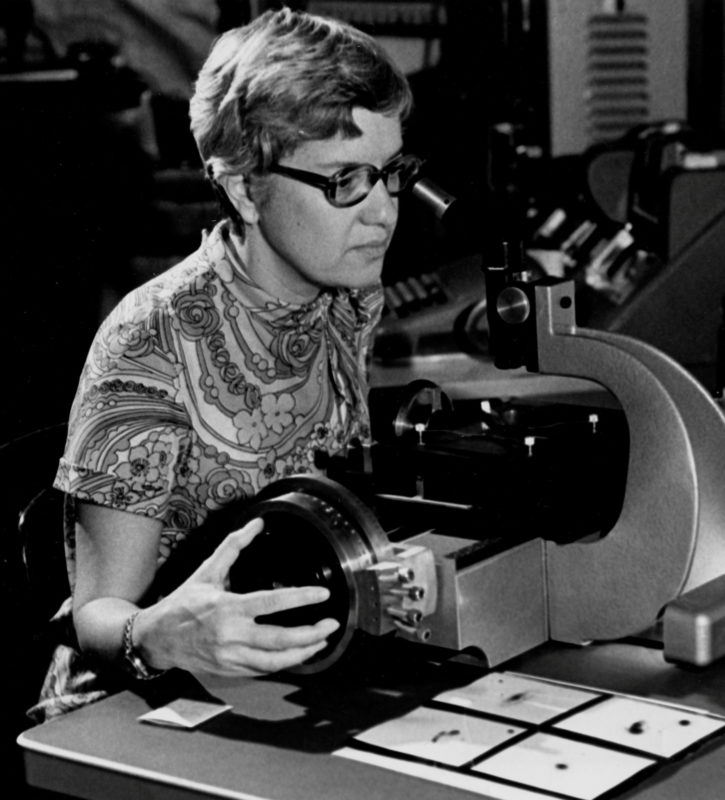Teacher Lifestyle
International Day of Women and Girls in Science: What is it, and why is it important to celebrate?
Right now, more than ever, we need scientists. After the recent surge in the requirement of medical professionals due to the COVID-19 pandemic, we need to work together. The science and technology industry is vital to understanding the world around us. From developing vaccines to leading a Fortune 500 company, the women of our world are paramount to our future success as a civilisation.
In celebration of the International Day of Women and Girls in Science, we’re going to take a look at how this day came to fruition and recollect some of the magnificent achievements of women and girls in the field of science and technology.

The Inception of International Day of Women and Girls in Science
On 22nd December 2015, the United Nations General Assembly converged for the 70th time. It marked 11th February as ‘International Day of Women and Girls in Science’ to promote women and girls working in a science-related field.
As a universal priority for UNESCO (The United Nations Educational, Scientific and Cultural Organization), gender equality is at the forefront of this movement, encouraging young women in their education and careers.
We’re facing some of the biggest sustainable living and development challenges of our time. We need more women working in these fields. While the number of women working in science and technology careers is on the rise, there needs to be a deeper push in the direction of diversity.
The Global Movement, 7 Years On
On 11th February this year, the UN Assembly are due to hear from female experts from around the world, including government officials, representatives of related international organisations, and those working in the private sector, to communicate the three pillars of sustainable development:
- Economic Prosperity
- Social Justice
- Environmental Integrity
This year, the 7th International Day of Women and Girls in Science focuses on Equity, Diversity, and Inclusion: Water Unites Us. Discussions around clean water and sanitation will highlight how women working in science will contribute to a more sustainable and cleaner future.
Notable Women and Girls in Science
It wouldn’t be fair to talk about how great our female scientists are without giving some quality examples.
Below are just a few women who have worked, or are working, in scientific fields, that we’ve handpicked to showcase. These women have changed the world in their own way, and each one has brought about a new way of thinking when it comes to how we view women and girls in science.

Marie Curie
We’re all familiar with the name of this remarkable woman, so let’s recap what she did. Marie Curie was a Polish physicist and chemist when women were viewed as inferior in the scientific field. Despite this, she was awarded a joint Nobel Prize for Physics through her work with Pierre Curie and Henri Becquerel on radioactivity.
Not afraid to stop when the iron was hot, Curie achieved a second Nobel Prize in 1911 for her continued research in measuring levels of radioactivity. Her dedication and hard work contributed massively to research in various cancer treatments.
Elizabeth Blackwell
In January 1849, Elizabeth Blackwell became the first woman to graduate from medical school in the United States, making her the first official female doctor in the US. As a British woman, she continued her activism for women’s health. She co-founded several medical establishments in England and the United States.
Mae C. Jemison
Mae Carol Jemison is a chemical engineer, physician, researcher, professor – oh, and she’s also the first female African-American astronaut, joining NASA as a crew member in 1992. Jemison was also responsible for authoring several children’s books and even appeared on fictional television programmes like Star Trek: The Next Generation! Proof that you can be a doctor-astronaut-actress if you put in the work.
Vera Rubin
And last, but by no means least, we have Vera Rubin: an American astronomer who proved the existence of dark matter in space. Rubin concluded that spouts of invisible gravity were responsible for pulling planets and stars around the galaxy and subsequently received the National Medal of Science from President Bill Clinton in 1993. The New York Times famously quoted Rubin as someone who “championed women in science” – genuinely outstanding work.



Inspiring The Next Generation of Women and Girls in Science
Women and girls in science are the future, and it’s up to us to continue spreading this truth by encouraging girls into STEM education. Consider talking about this in the classroom today. You might just inspire the next Marie Curie!

Here, you can learn more about the UNESCO global movement for the International Day of Women and Girls in Science.
